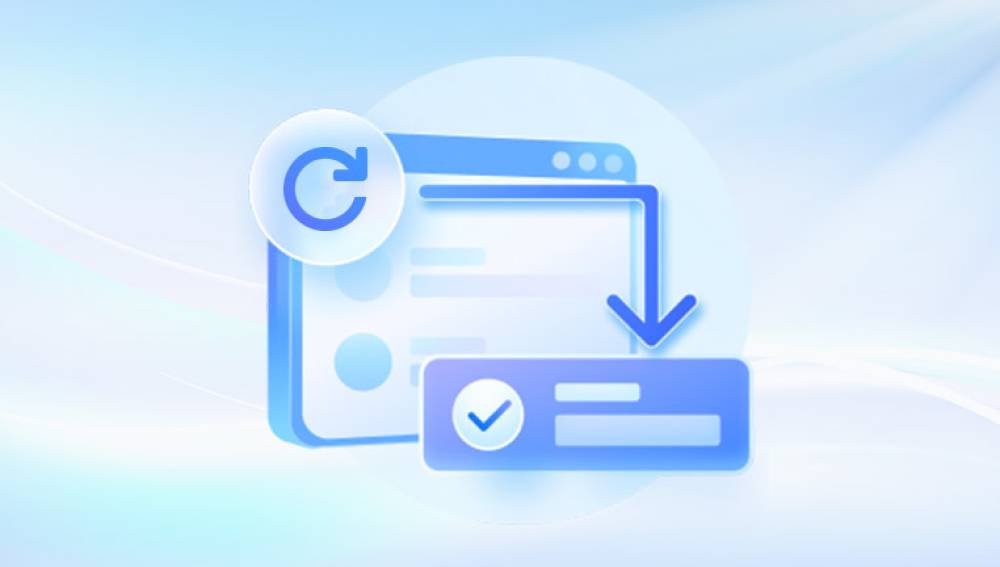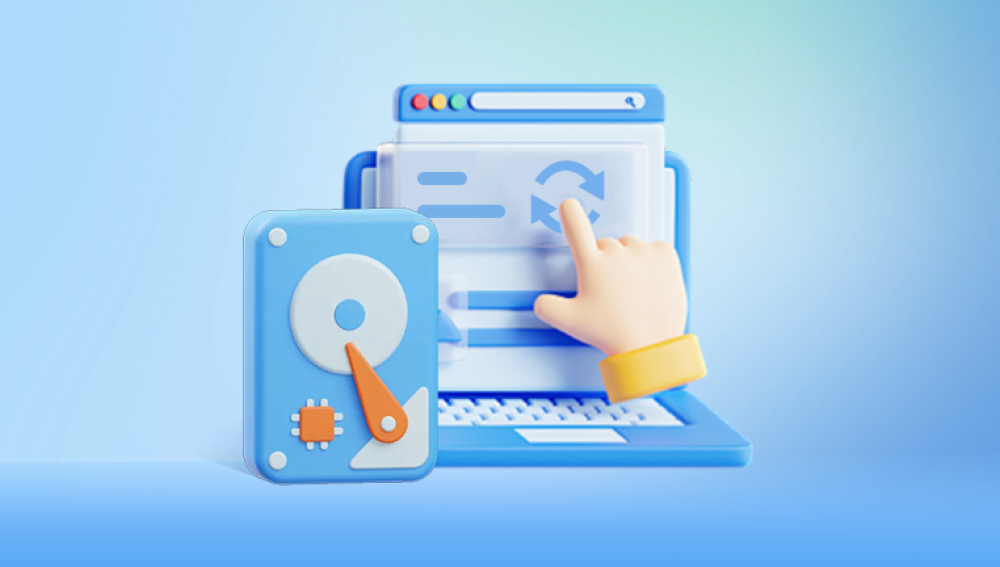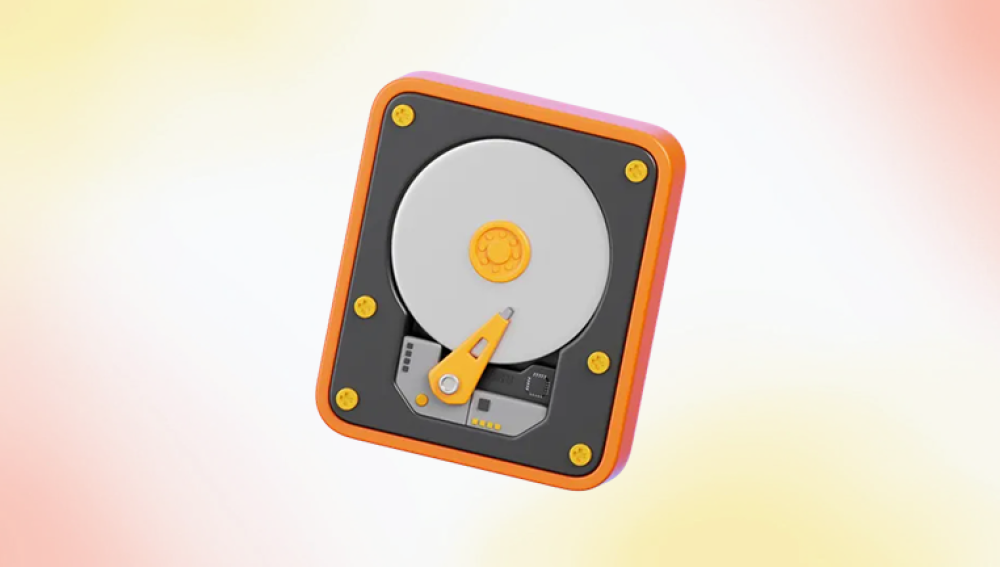Formatting an external hard drive is a crucial task for data management, ensuring optimal performance and organization. Whether you're setting up a new drive, erasing old data, or troubleshooting issues, understanding the formatting process on Windows 10 is essential.
1. Understanding Formatting
Formatting an external hard drive involves preparing the drive for use by erasing existing data and setting up a file system. Windows 10 supports several file systems, including NTFS, FAT32. and exFAT. Choosing the right file system depends on how you intend to use the drive:
NTFS: Best for large files and Windows-only use; supports file permissions and larger volumes.
FAT32: Compatible with most devices but limited to files smaller than 4GB.
exFAT: Ideal for large files and cross-platform compatibility (Windows and macOS).

2. Preparing for Formatting
Before formatting, follow these preparatory steps:
Backup Data: If your external hard drive contains important files, ensure they are backed up. Formatting will erase all data on the drive.
Check Drive Health: Use tools like Windows' built-in Disk Check or third-party software to ensure the drive is functioning correctly.
Clear Space: If you're running low on space on your main drive, consider transferring files temporarily to free up space.
3. Accessing Disk Management
To format an external hard drive on Windows 10. you'll use the Disk Management utility:
Open Disk Management:
Right-click the Start button.
Select Disk Management from the menu.
Identify Your External Drive:
In the Disk Management window, locate your external hard drive. Be cautious to choose the correct drive to avoid accidental data loss.
4. Formatting the External Hard Drive
Follow these steps to format your external hard drive:
Right-Click the Drive:
Right-click on the external hard drive you want to format.
Select Format from the context menu.
Format Settings:
Volume Label: Enter a name for the drive. This is how it will appear in File Explorer.
File System: Choose the desired file system (NTFS, FAT32. or exFAT).
Allocation Unit Size: Leave this as default unless you have specific needs.
Perform a Quick Format: Check this box for a faster process, or uncheck it for a thorough format that checks for bad sectors.
Start Formatting:
Click OK to confirm the format settings.
A warning will appear indicating that all data will be lost. If you’re sure you’ve backed up your data, click OK to proceed.
Completion:
Wait for the process to complete. Once finished, your external hard drive will be formatted and ready for use.
5. Post-Formatting Steps
After formatting, follow these steps to ensure your drive is set up correctly:
Check Drive Properties:
Right-click the newly formatted drive in Disk Management and select Properties. Check the file system and capacity to confirm everything is correct.
Run a Disk Check:
It’s a good practice to run a disk check after formatting. Right-click the drive in File Explorer, select Properties, then go to the Tools tab, and click Check.
Set Up for Use:
You can now start transferring files to your newly formatted external hard drive. Organize your files into folders for easy access.
6. Troubleshooting Common Issues
Sometimes, formatting may not go as planned. Here are some common issues and how to address them:
Drive Not Recognized: If your drive doesn’t appear in Disk Management, check the connections and try different USB ports. Ensure the drive is powered if it requires external power.
Formatting Errors: If you encounter errors during formatting, try using Command Prompt:
Open Command Prompt as an administrator.
Type diskpart and hit Enter.
Type list disk to see all connected drives.
Type select disk X (replace X with your drive number).
Type clean to remove partitions, and then follow with create partition primary and format fs=ntfs quick.
7. Maintaining Your External Hard Drive
To keep your external hard drive in optimal condition:
Eject Properly: Always eject the drive safely through Windows before unplugging it to prevent data corruption.
Regular Backups: Regularly back up important files to avoid data loss.
Disk Cleanup: Use Windows Disk Cleanup to remove unnecessary files and maintain free space.




